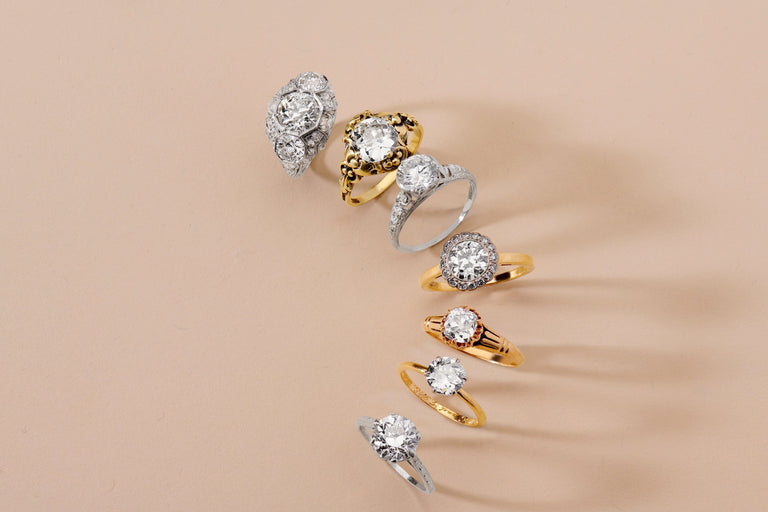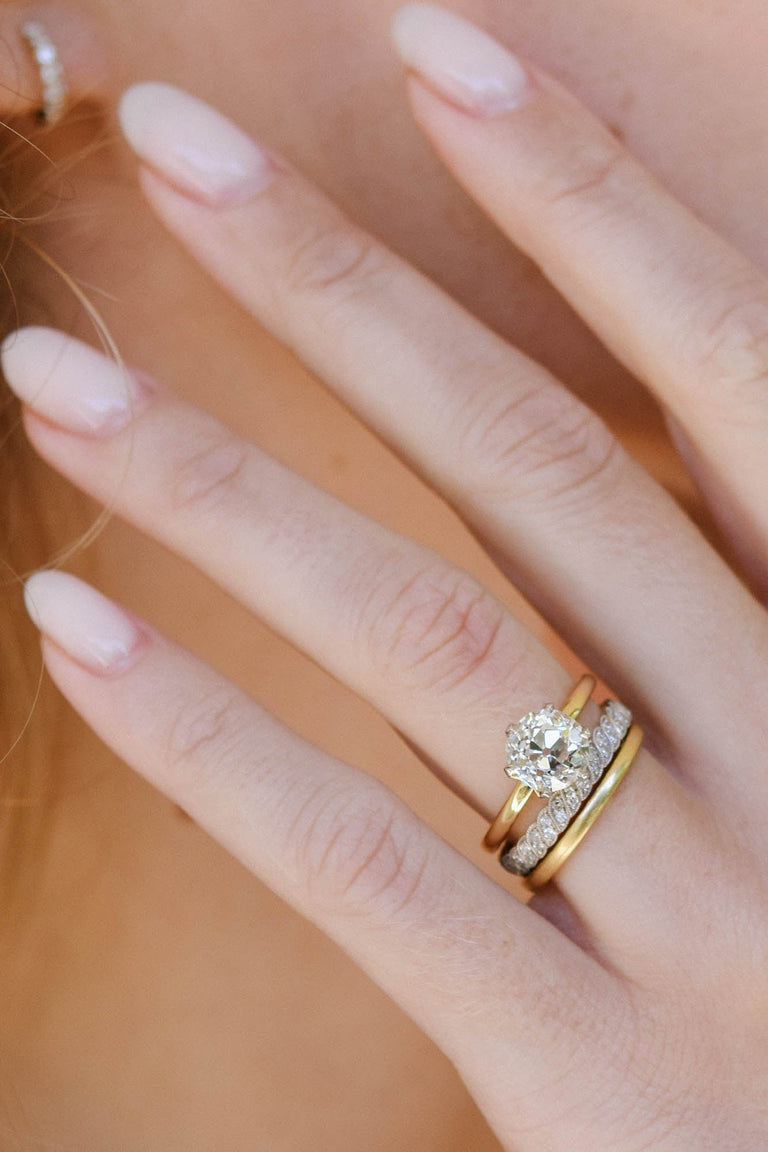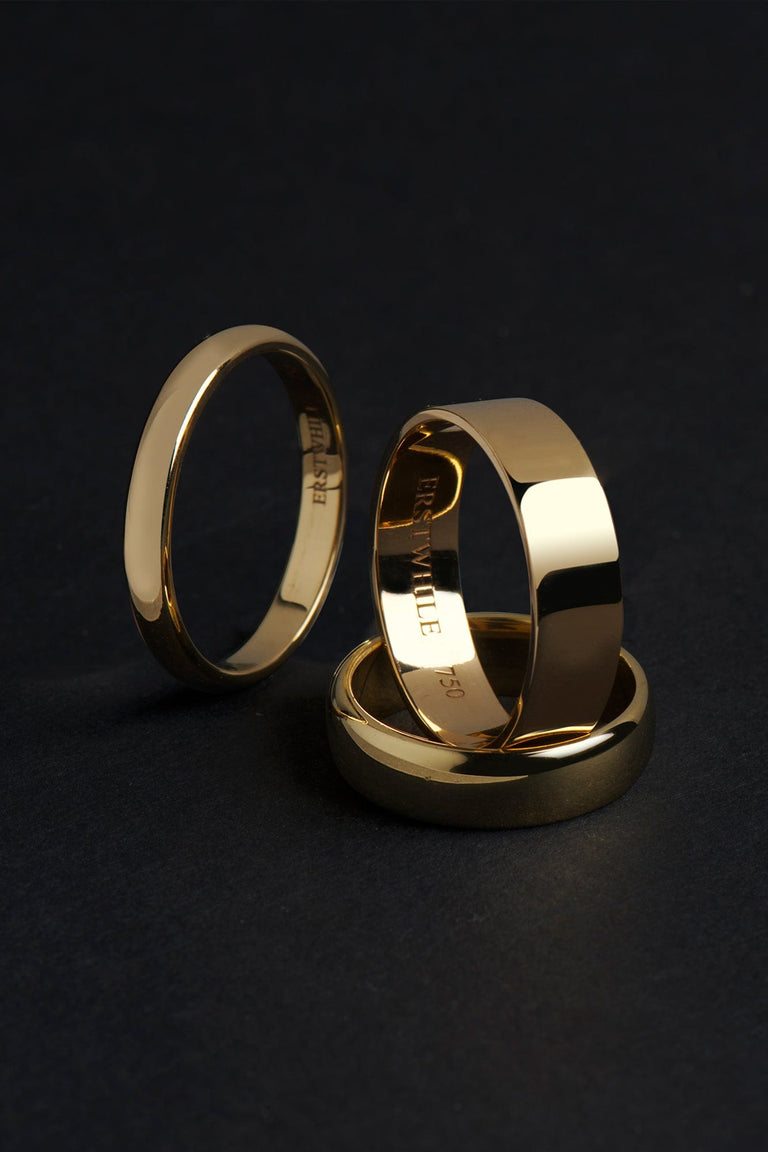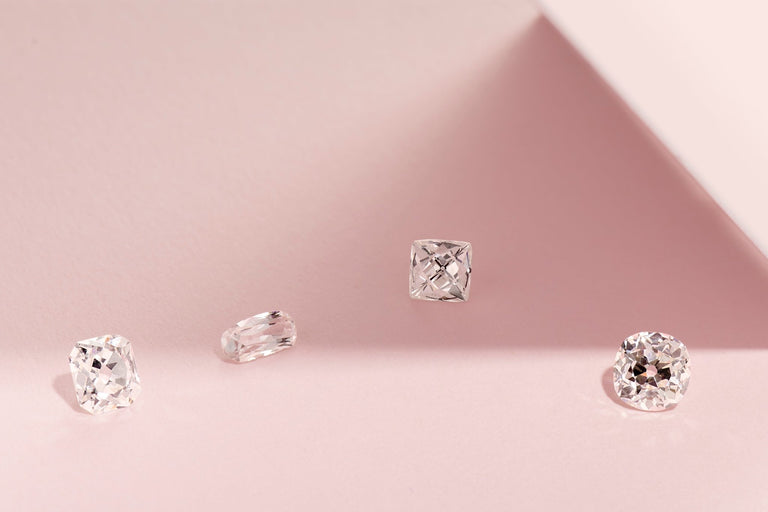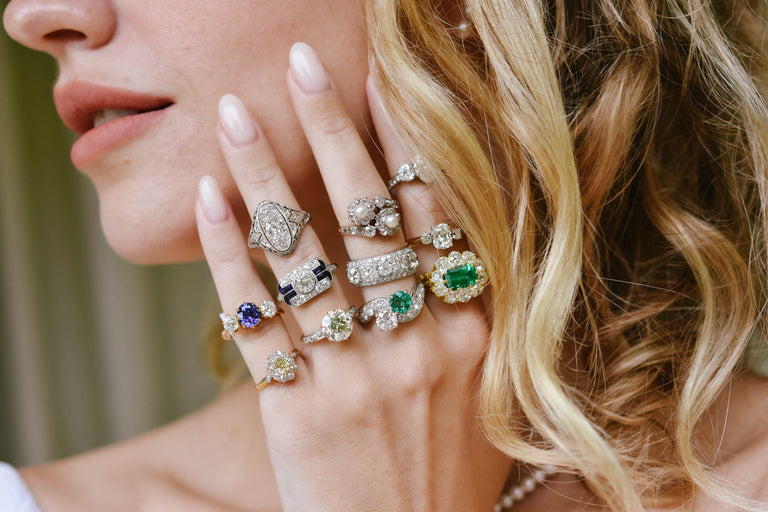A brief origin story.
The change of seasons and cooling of the air has us dreaming of rich hues and warm golds. During the Georgian and Victorian eras gold was king in jewelry and other ornamentation. Worn with richly hued fabrics like silks and velvets. Gold during the Georgian and Victorian eras was set with diamonds, turquoise, rubies, sapphires, and other precious stones. Often decorated with elaborate engravings, etchings, and ornamented with black enamel.
While the earliest time period of jewelry that we have in our shop begins in the mid 19th century, gold has been used in jewelry since as far back as 4000 B.C. in Eastern Europe and Iraq in 3000 B.C.
Gold carat weight varies from 8k to 24k. The minimum carat weight for an item to be classified gold varies by country, in the US the minimum is 10k. The addition of copper, silver, and other base metals is what allows for variation in color and carat weight. More gold equals richer more yellow tones and also a softer final product. Jewelry from India is known for having more concentrations of gold therefor having that soft richly yellow look and feel, usually resulting in a 24k weight. Antique Russian jewelry is known for containing 25% copper which is what creates the rose gold effect.
Gold has one of the highest atomic numbers of any substance in the universe at 79. Produced in a supernova from a collision of neutron stars soon after the big bang forming what is now our solar system and the rest of the universe. There is gold present in the Earth's core. But the gold that is found closer to the surface that we mine today most likely arrived to our planet via an asteroid impact during the Late Heavy Bombardment era about 4 billion years ago.
It never ceases to amaze me how much history goes into a single ring. From the initial origins of the metals and gems which date back billions of years to the incredible history of the time period from which the piece came. To the fact that it was able to survive kings and wars and finally make it's way to our little shop is humbling.
When buying gold keep in mind that 24k gold is soft and with regular wear will result in slight scratches and bending or melding to the shape of your finger. If you like a more polished look go for 18k which will still give you that nice rich yellow hue while having enough strength to resist wear and tear.

